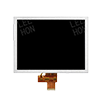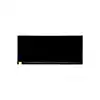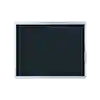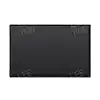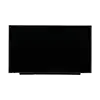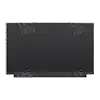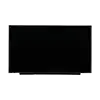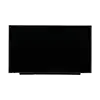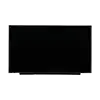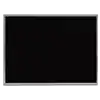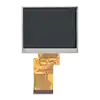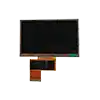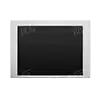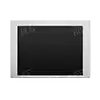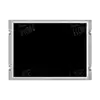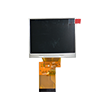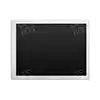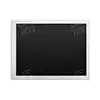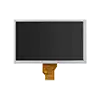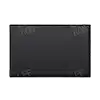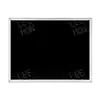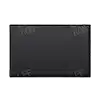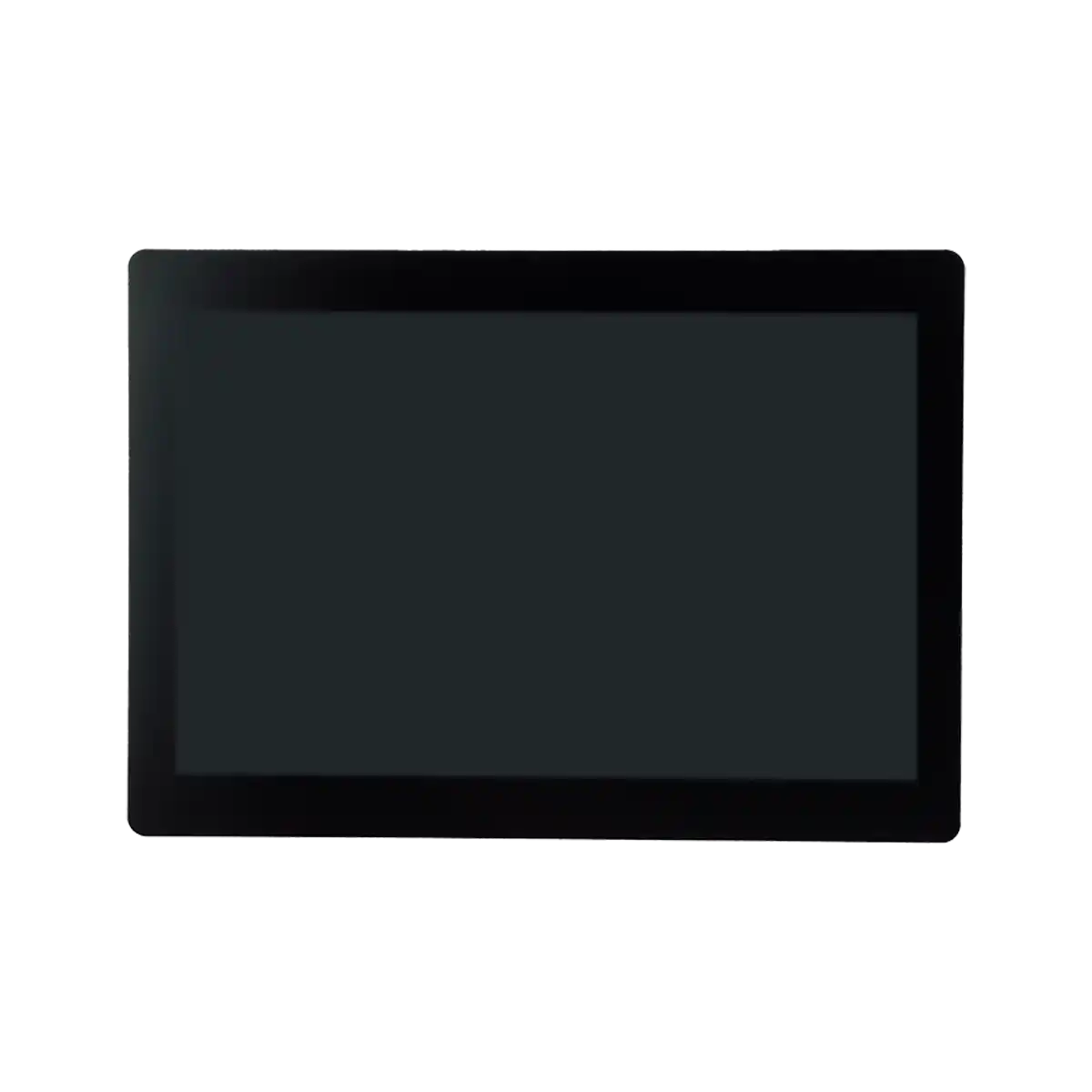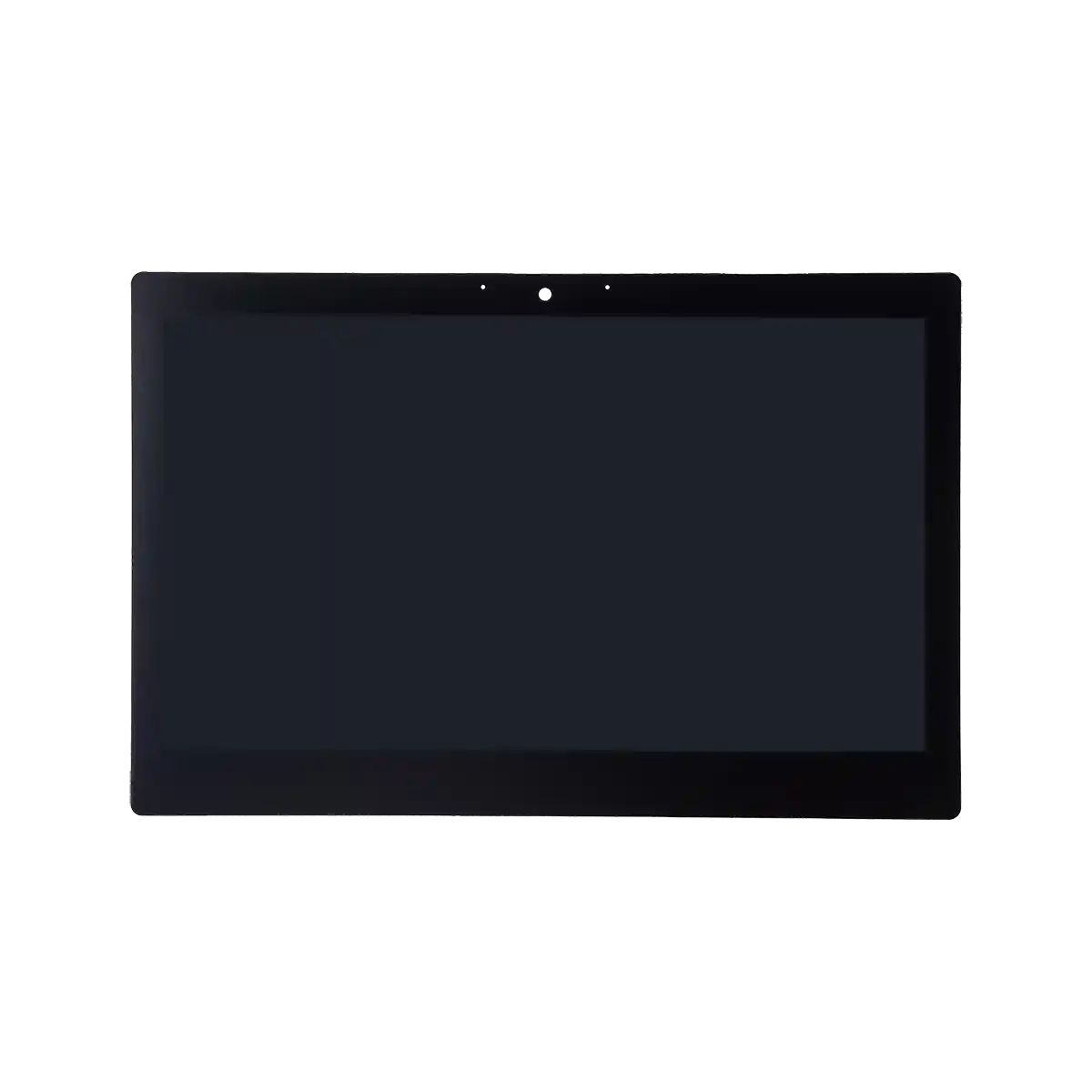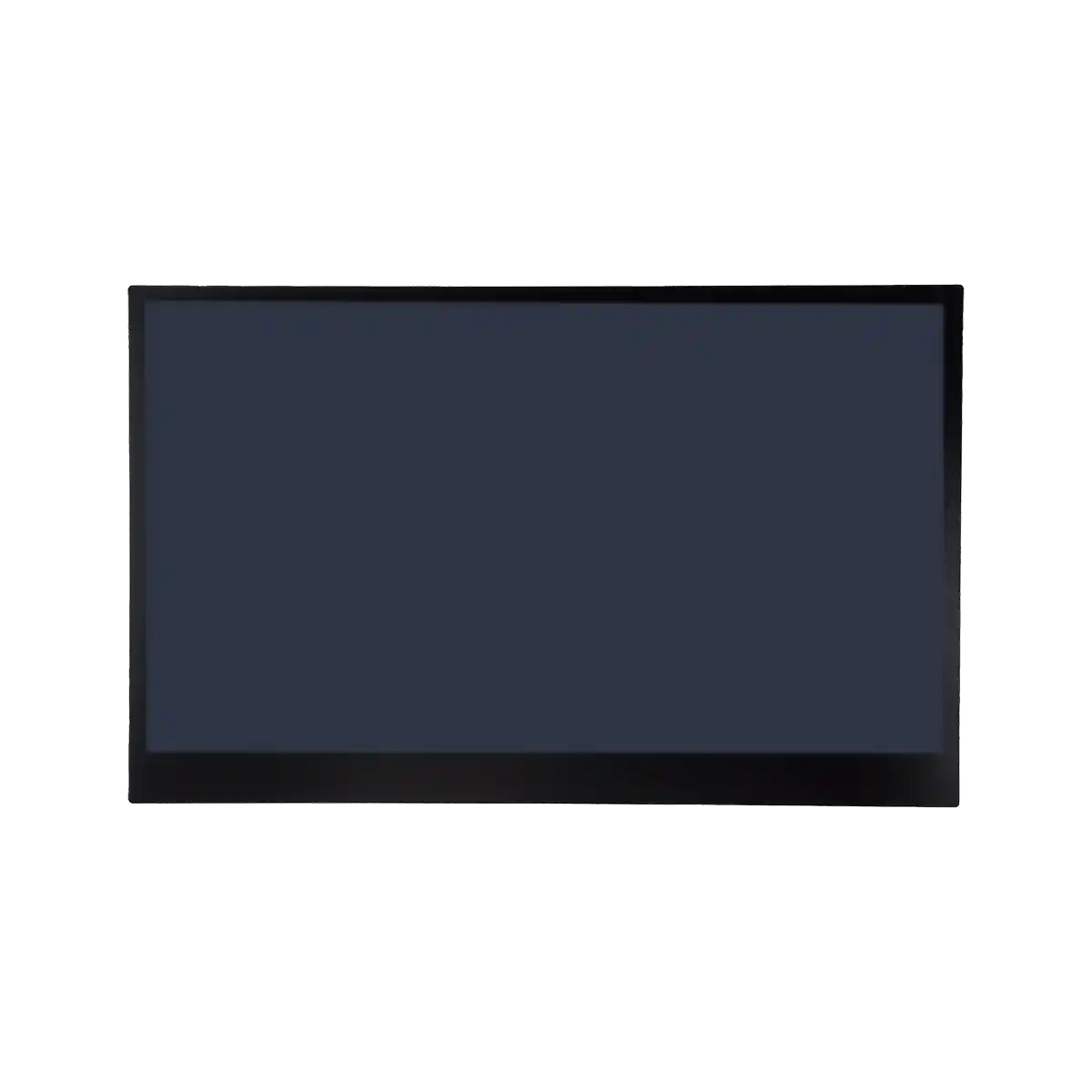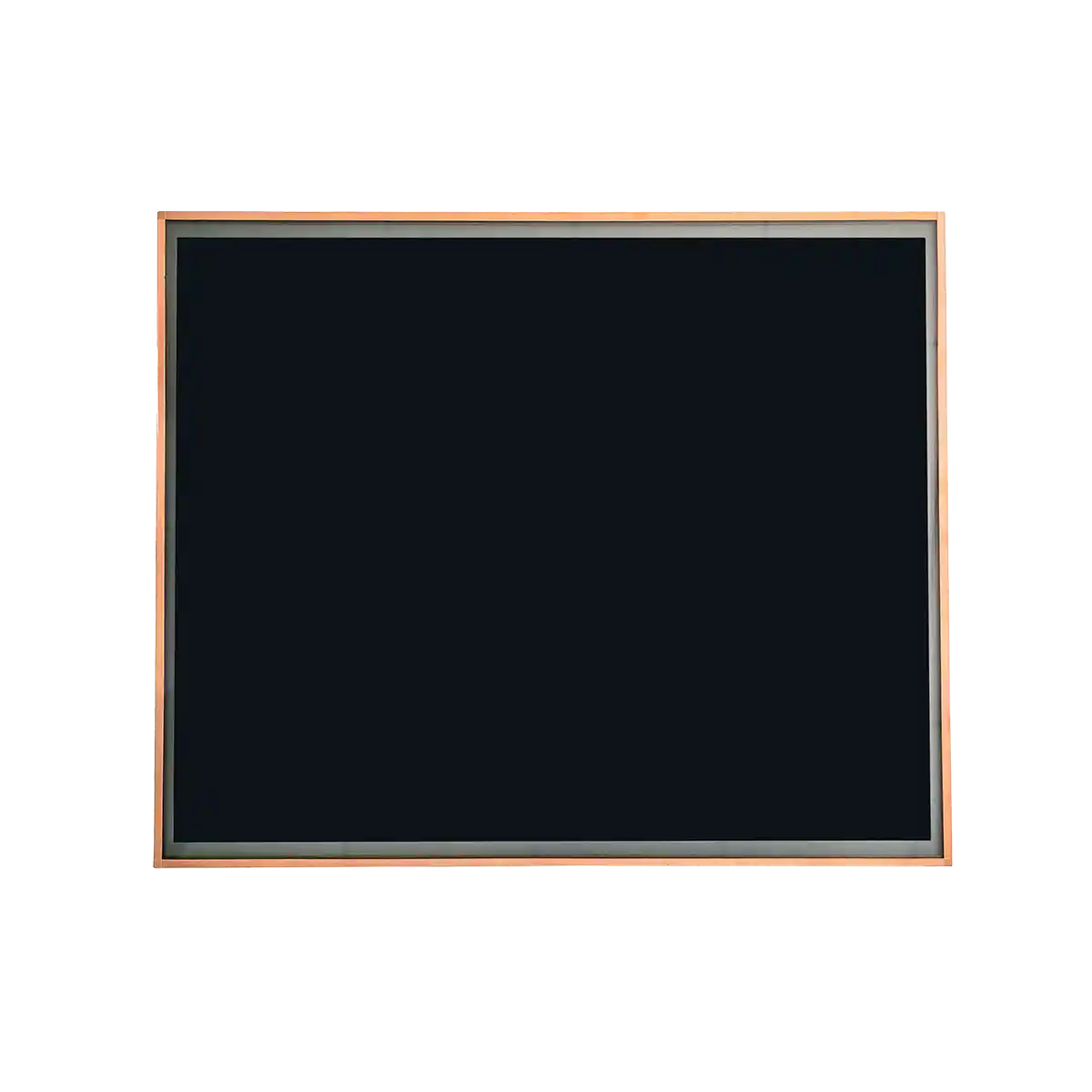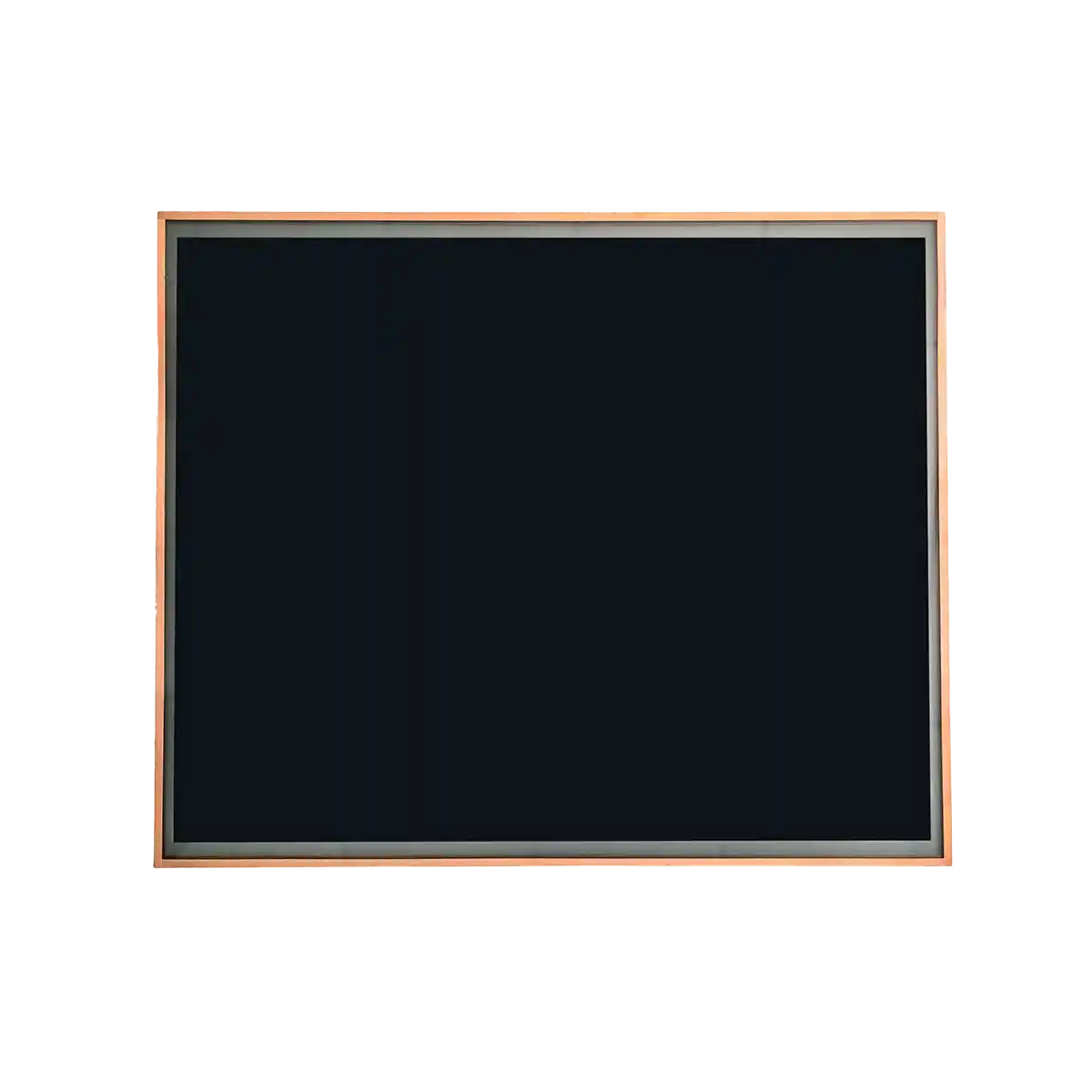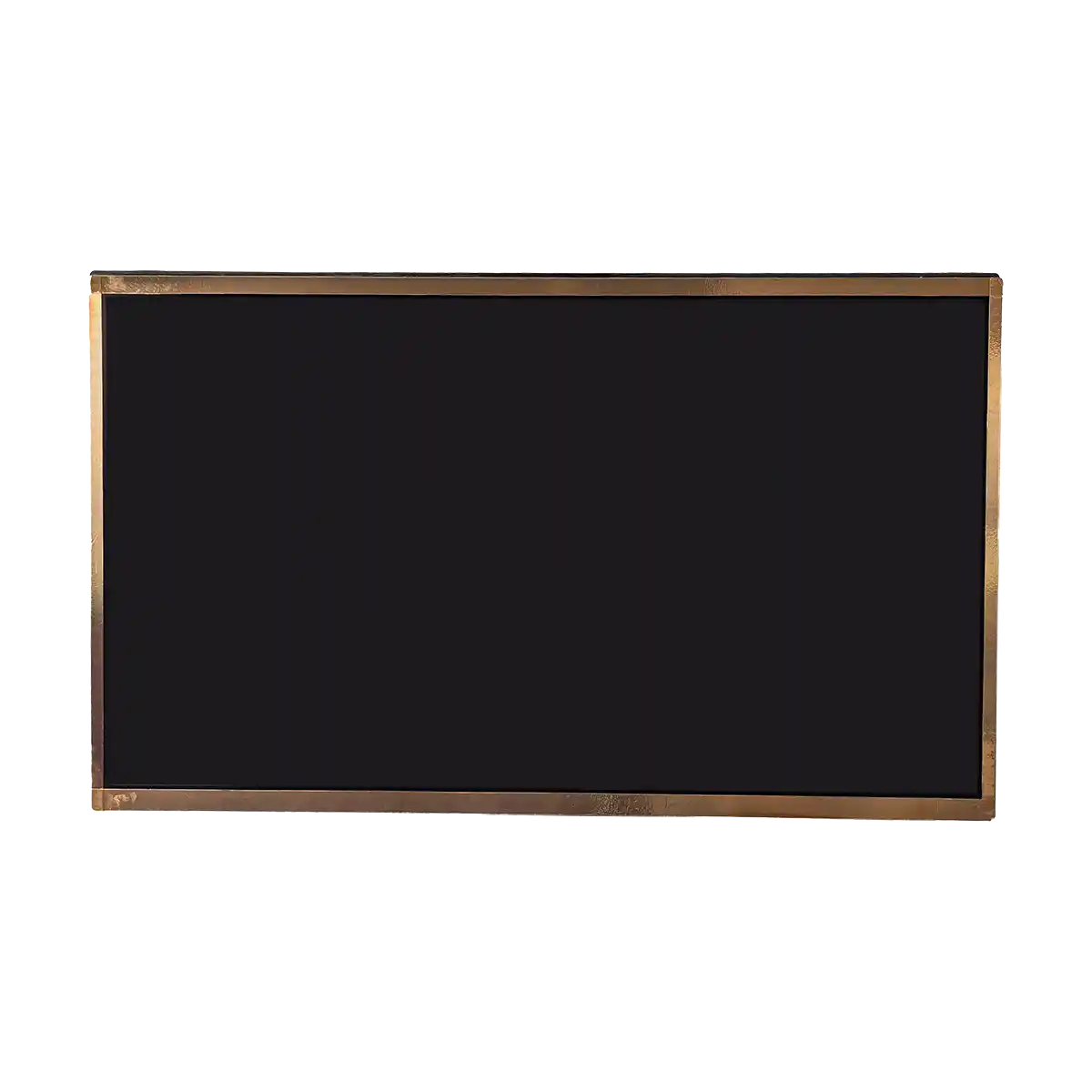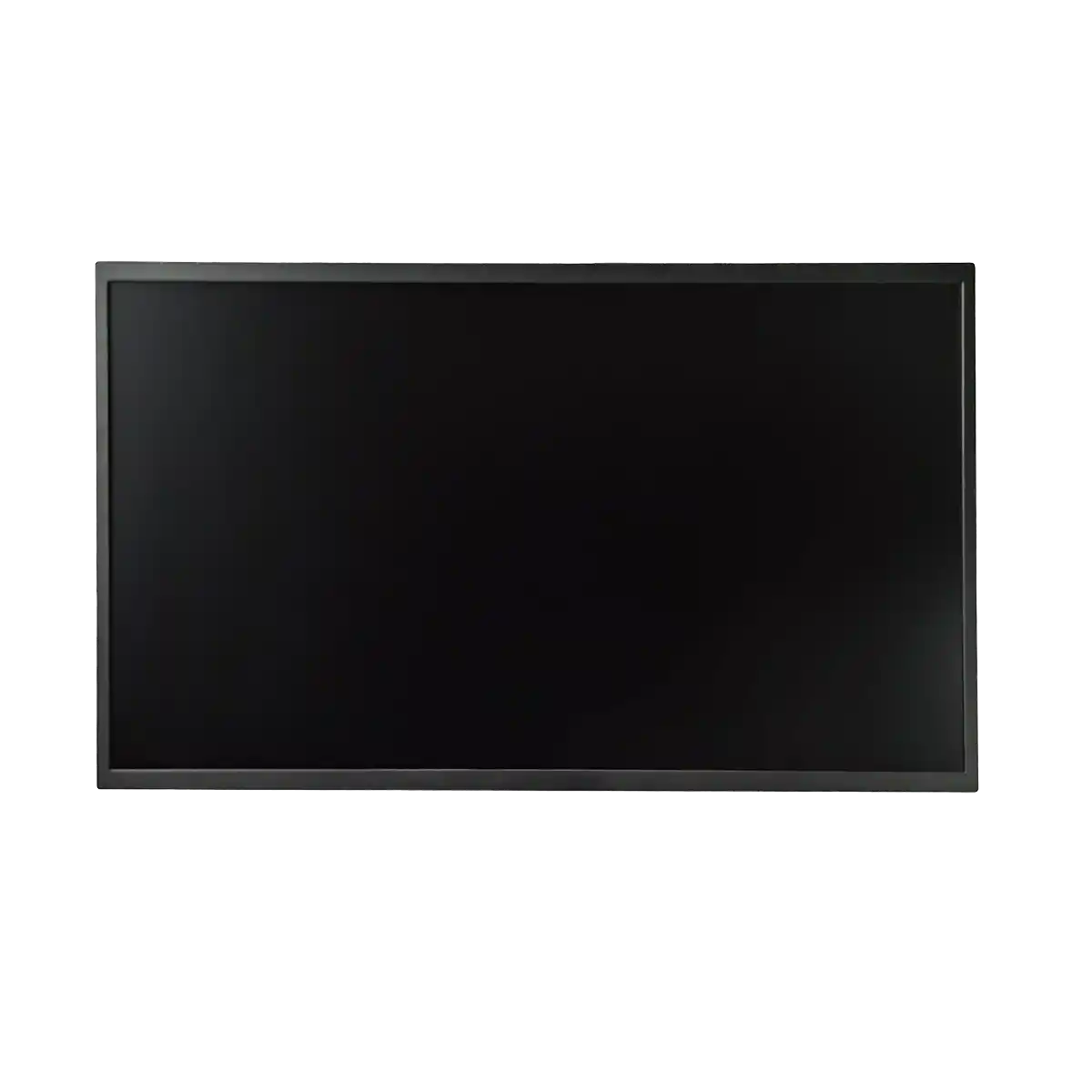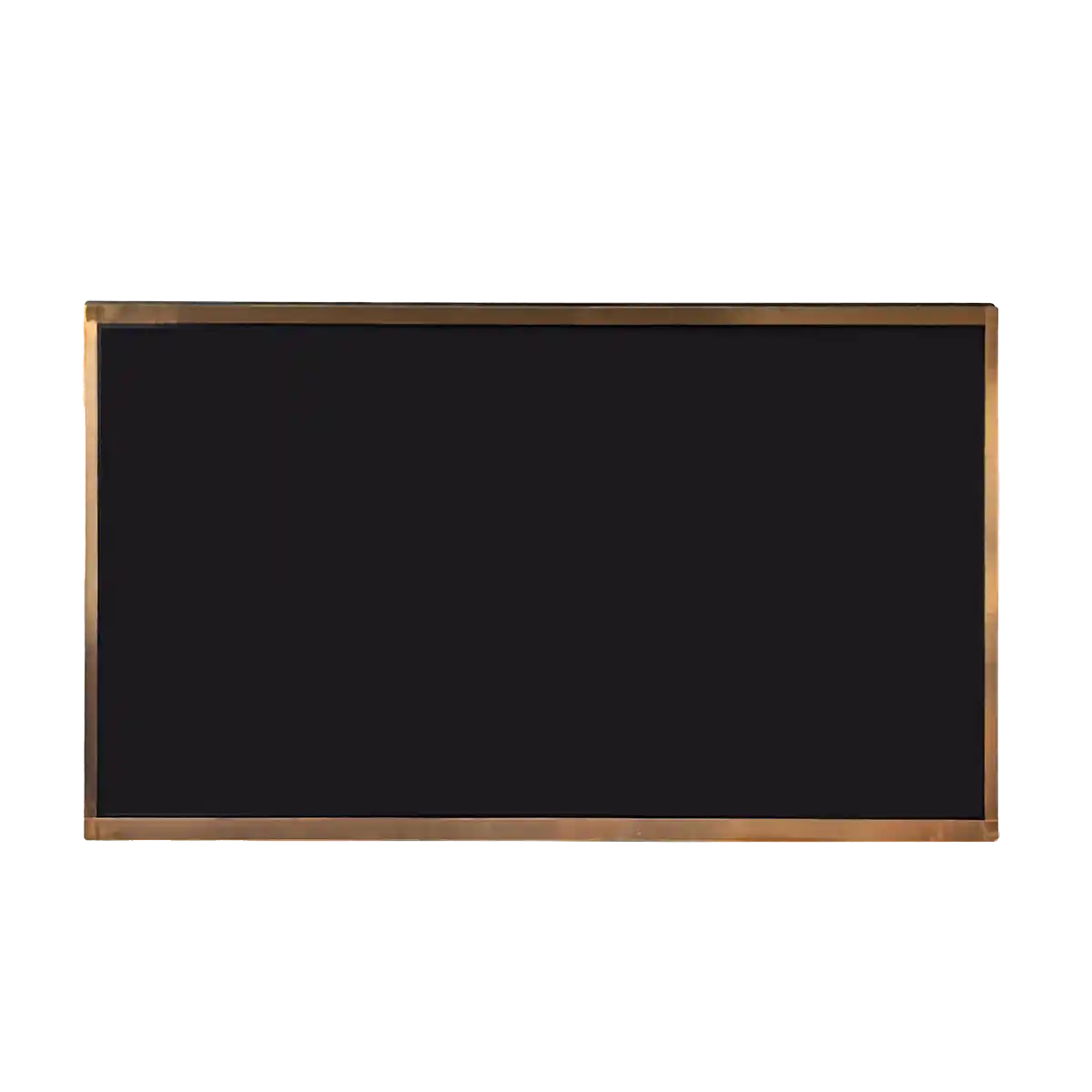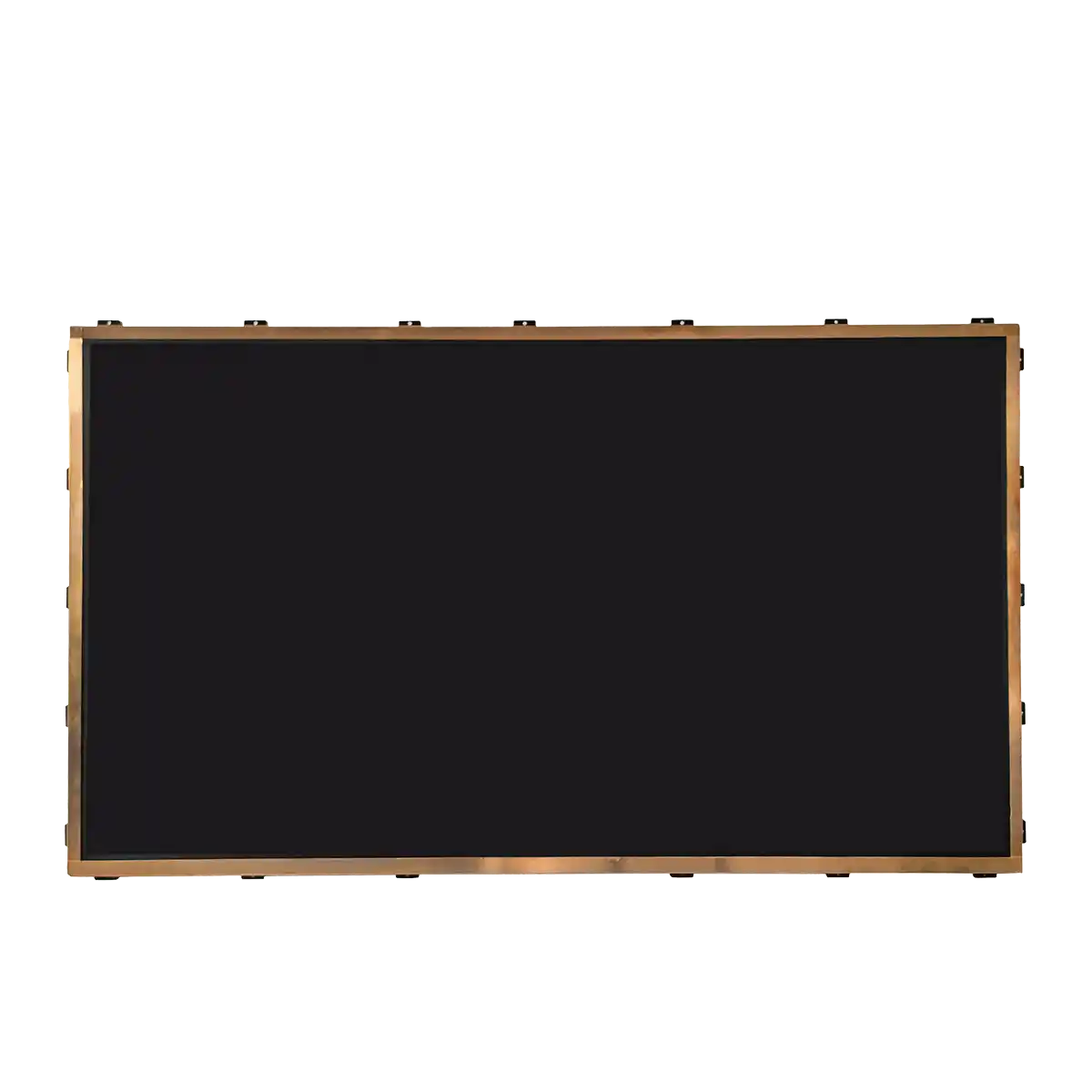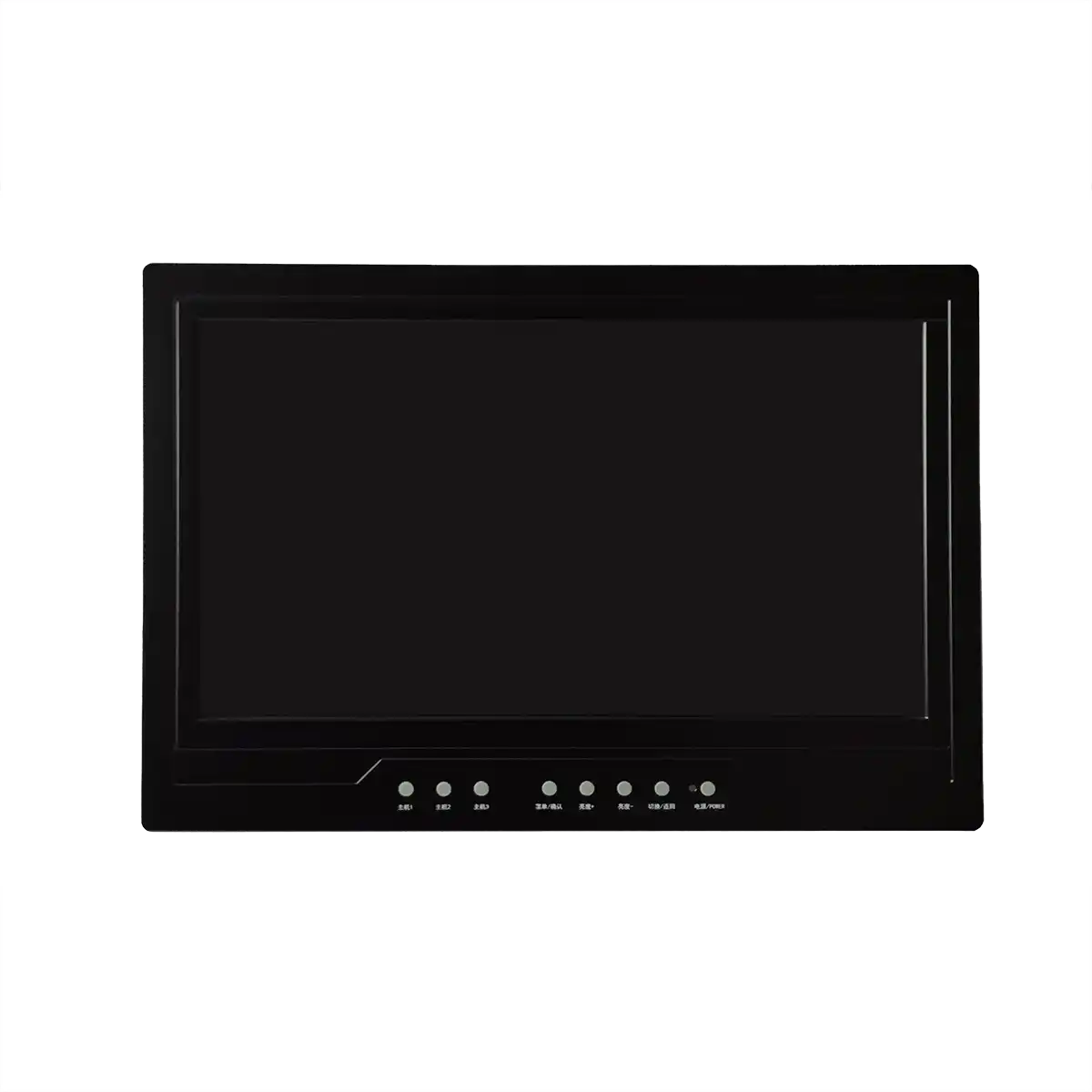Industrial LCD Panels: The Challenge of Operating in Extreme Temperatures
Introduction
Industrial LCD panels, or Industrial Liquid Crystal Displays, are sophisticated electronic devices that serve as the visual interface for a variety of machines and systems in industries such as manufacturing, automation, and transportation. Unlike consumer-grade displays, industrial LCD screens are designed to operate reliably in challenging environments. One of the most significant challenges faced by these panels is the ability to function effectively in extreme temperatures, which can vary from sub-zero conditions in cold storage facilities to scorching heat in desert environments.

Body
The Impact of Temperature on LCD Panels
Temperature extremes can have profound effects on the performance and longevity of industrial LCD panels. Liquid crystals, the core component of these displays, are sensitive to temperature changes. At very low temperatures, the viscosity of the liquid crystals increases, which can slow down their response time and affect the clarity of the display. Conversely, at high temperatures, the liquid crystals can become less stable, leading to a decrease in contrast and potential color distortion.
Design Considerations for Extreme Temperatures
To ensure the reliability of industrial LCD panels in extreme temperatures, several design considerations are paramount. These include:
1. Thermal Management: Incorporating heat sinks, fans, or other cooling mechanisms to dissipate heat and maintain an optimal operating temperature.
2. Material Selection: Choosing materials that can withstand temperature fluctuations without degrading, such as high-temperature polymers for the enclosure and specialized adhesives.
3. Optimized LCD Composition: Utilizing liquid crystal formulations that maintain their properties across a wide temperature range.
4. Heating Elements: In extremely cold environments, integrated heating elements can be used to keep the panel within its operational temperature limits.
Testing and Standards
Industrial LCD panels intended for use in extreme temperatures must undergo rigorous testing to ensure compliance with industry standards. This includes:
1. Temperature Cycling: Subjecting the panel to repeated cycles of high and low temperatures to test its resilience and performance stability.
2. Humidity Testing: Assessing the panel's performance in high-humidity environments, which can exacerbate the effects of temperature extremes.
3. Drop Tests: Ensuring that the panel can withstand physical shocks that might occur during transportation or operation in harsh conditions.
Advanced Technologies for Temperature Resilience
Advancements in technology are continually pushing the boundaries of what industrial LCD panels can achieve. For example:
1. Temperature-Compensated LCDs: These panels use sensors and microcontrollers to adjust the display properties in real-time, compensating for temperature-induced changes.
2. Flexible Displays: Emerging flexible LCD technologies can better withstand the physical stress caused by temperature fluctuations.
3. OLED and MicroLED Displays: As alternatives to traditional LCDs, these display technologies offer improved temperature resilience and performance characteristics.
Conclusion
The challenge of operating industrial LCD panels in extreme temperatures is a complex issue that requires a multifaceted approach, combining innovative design, advanced materials, and rigorous testing. By addressing these challenges, manufacturers can ensure that their displays remain reliable and functional in the harshest of conditions, thereby enhancing the safety, efficiency, and effectiveness of the industrial equipment they serve.
Expansion
Environmental Impact
The design of industrial LCD panels for extreme temperatures also has environmental implications. Energy-efficient technologies and materials can reduce the environmental footprint of these panels, making them more sustainable for use in various industrial applications.
Future Trends
As industries become more automated and connected, the demand for reliable displays in extreme conditions will increase. Future trends may include the development of AI-driven adaptive displays that can predict and adjust to temperature changes before they impact performance.
Customization and Personalization
For specialized industries, there may be a growing need for customized LCD panels that can operate in unique temperature conditions. This could lead to more personalized solutions tailored to the specific needs of individual sectors.
Education and Training
As technology advances, there is a need for ongoing education and training programs to ensure that engineers and technicians are equipped with the knowledge to design, implement, and maintain industrial LCD panels in extreme temperature environments.
In conclusion, the development and deployment of industrial LCD panels capable of operating in extreme temperatures is a testament to human ingenuity and the relentless pursuit of technological advancement. As these panels continue to evolve, they will play an increasingly vital role in the automation and control systems that drive the modern industrial landscape.
Recommended Articles
-
Hangzhou LEEHON Technology supplies BOE GT080X0M-N12: High quality 7-inch TFT-LCD module solution
2024-09-14 -
How to Check for Issues in Industrial LCD Panels
2024-09-11 -
How does an LCD screen find individual pixels?
2024-09-11 -
What is the difference between eDP and LVDS?
2024-09-11 -
In-depth analysis of the development of automotive display technology
2024-09-10


